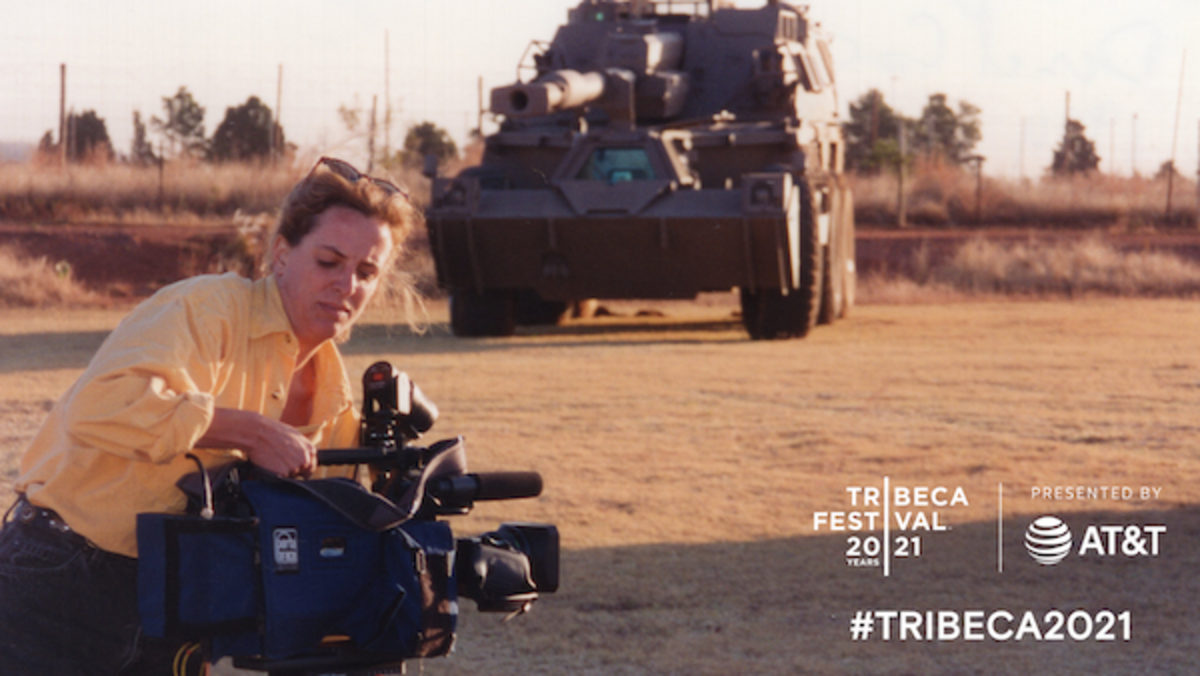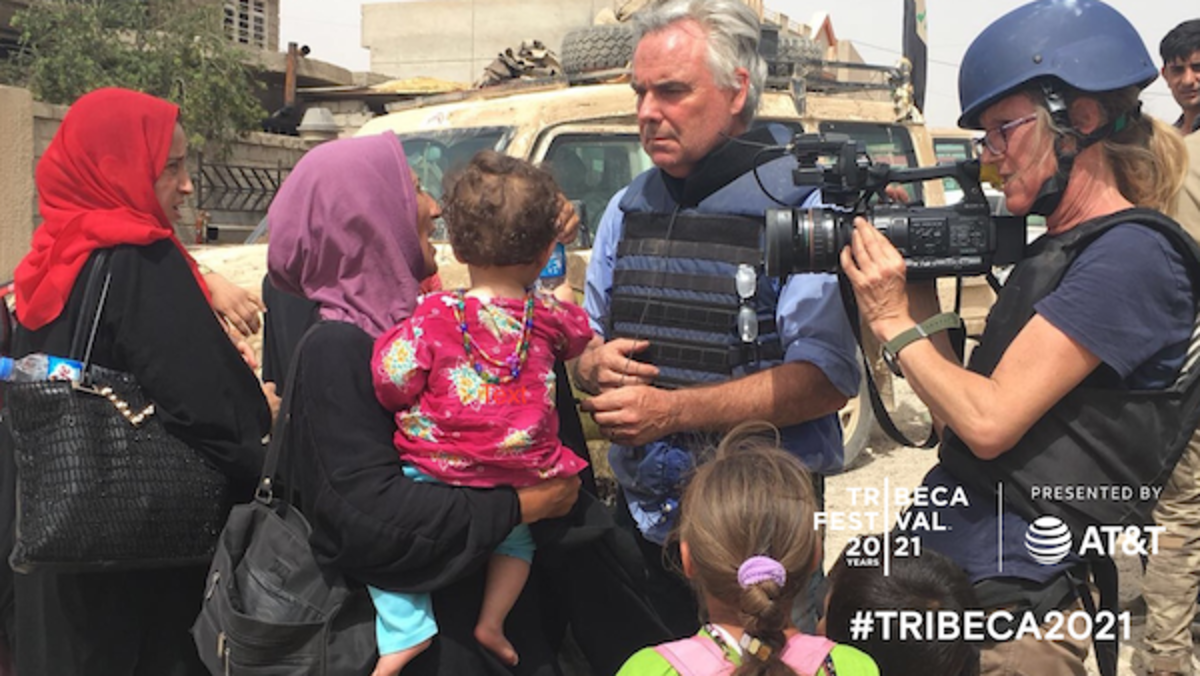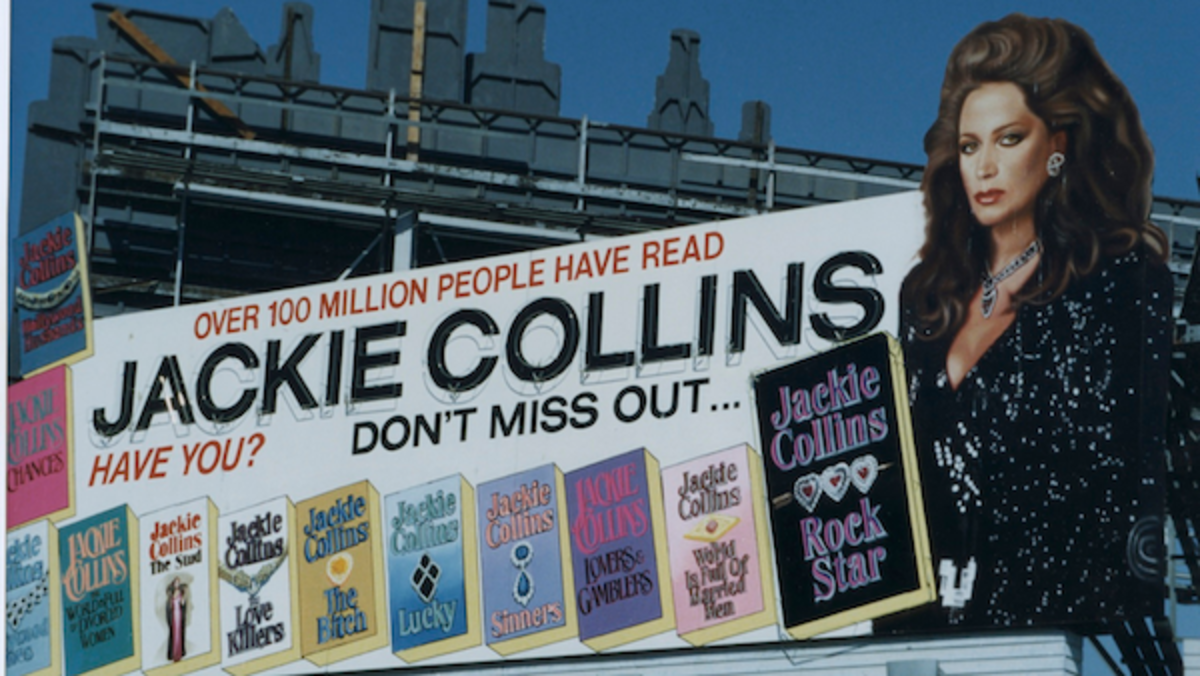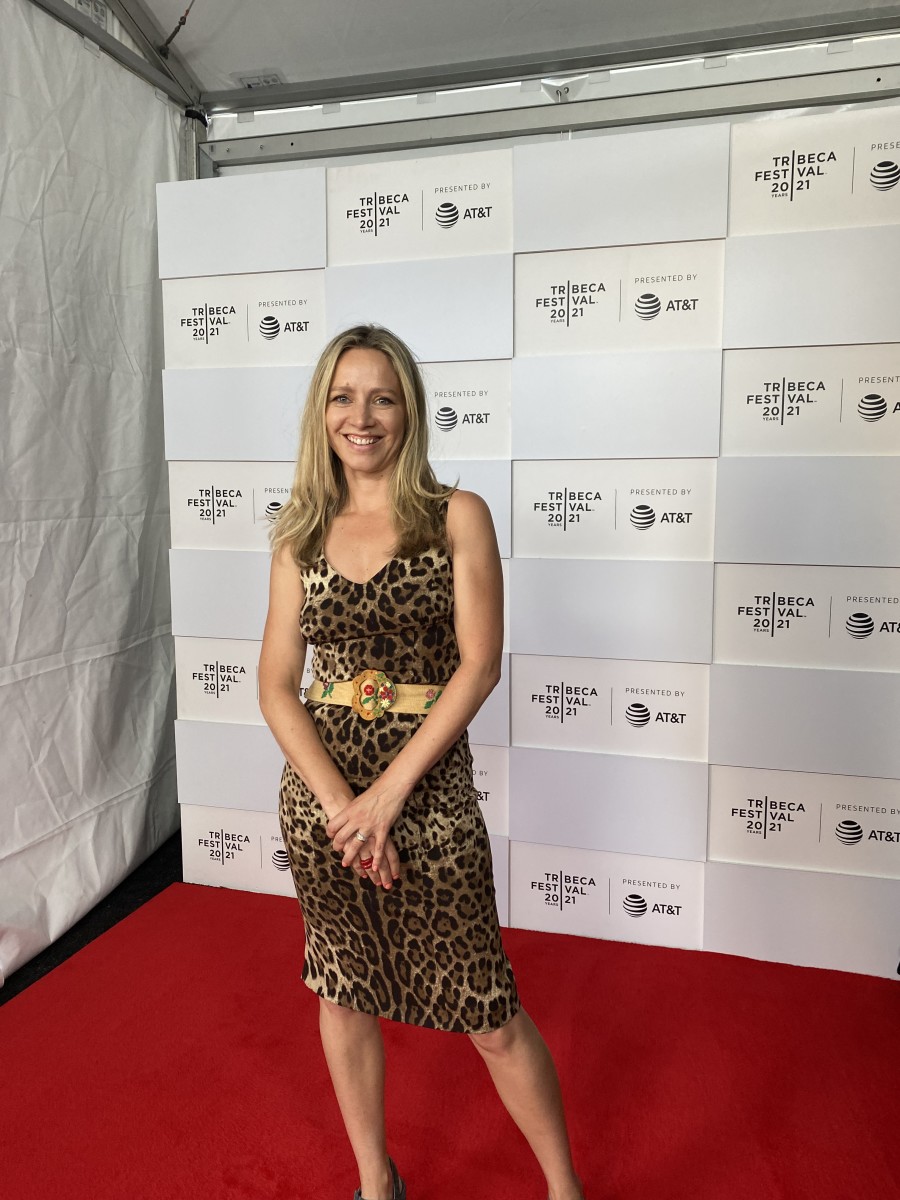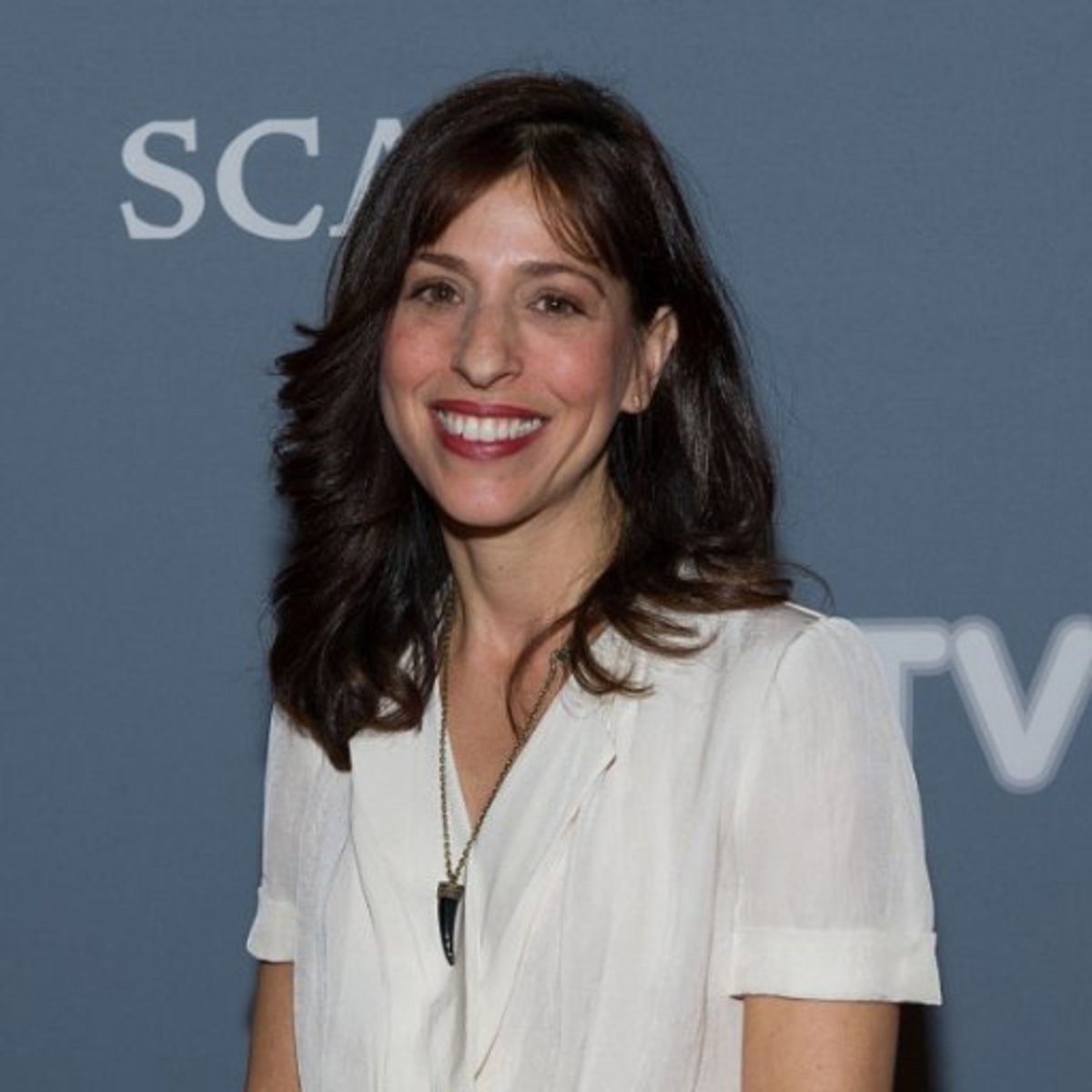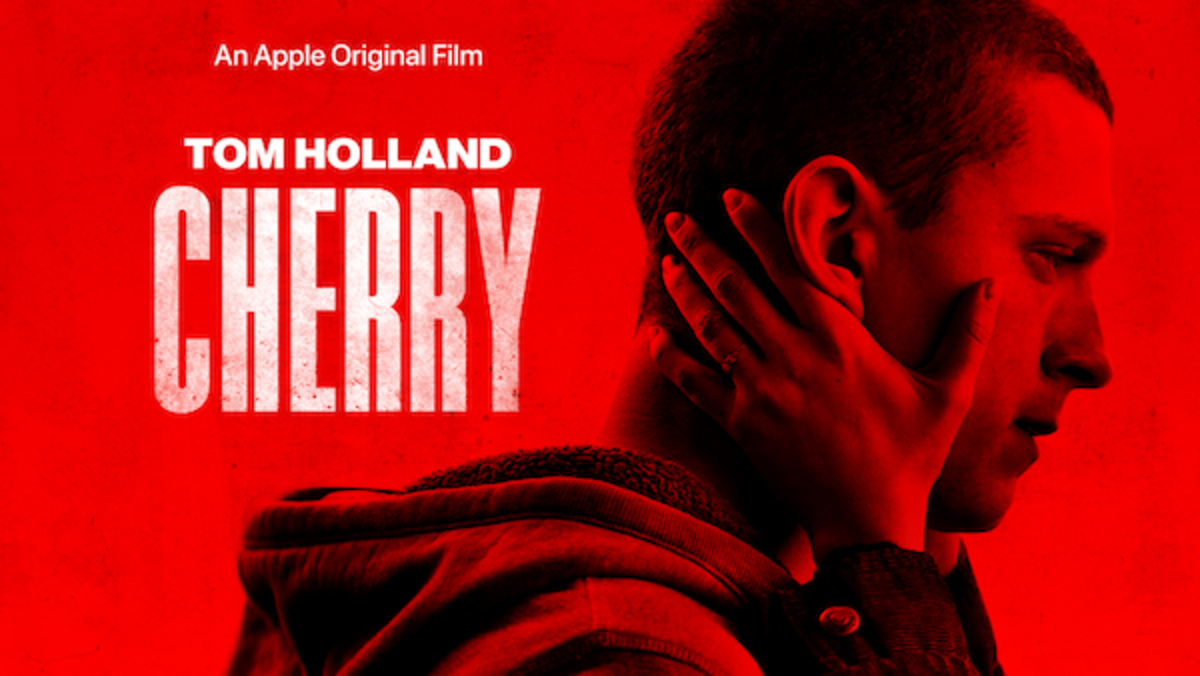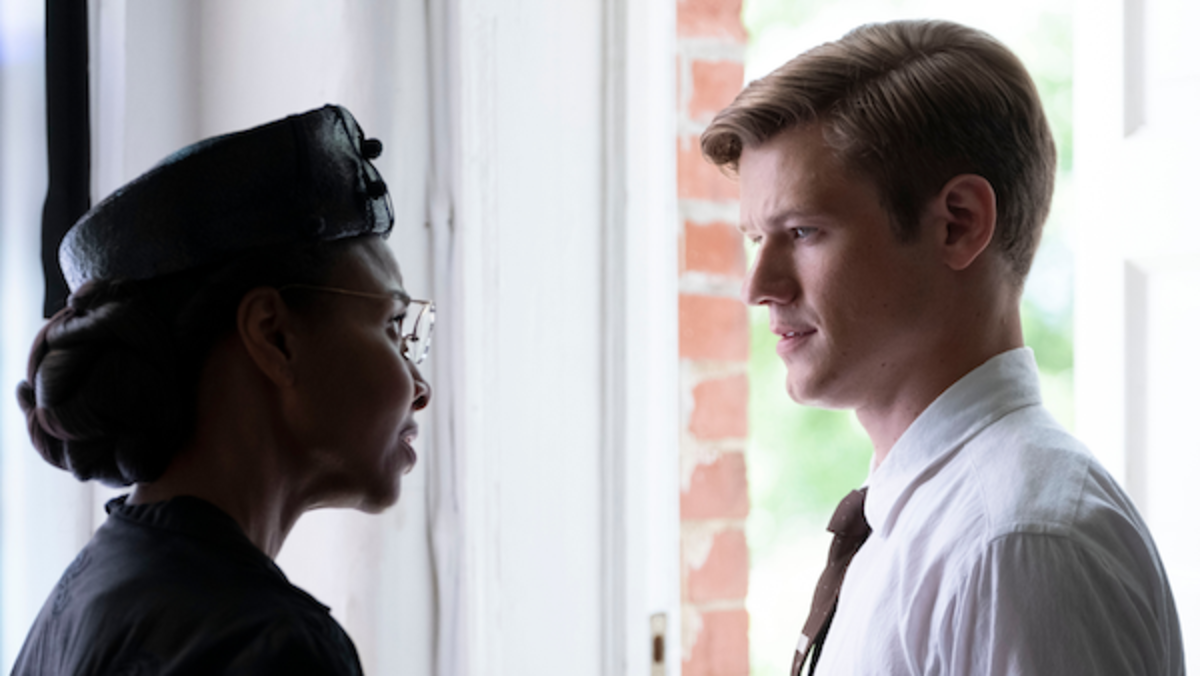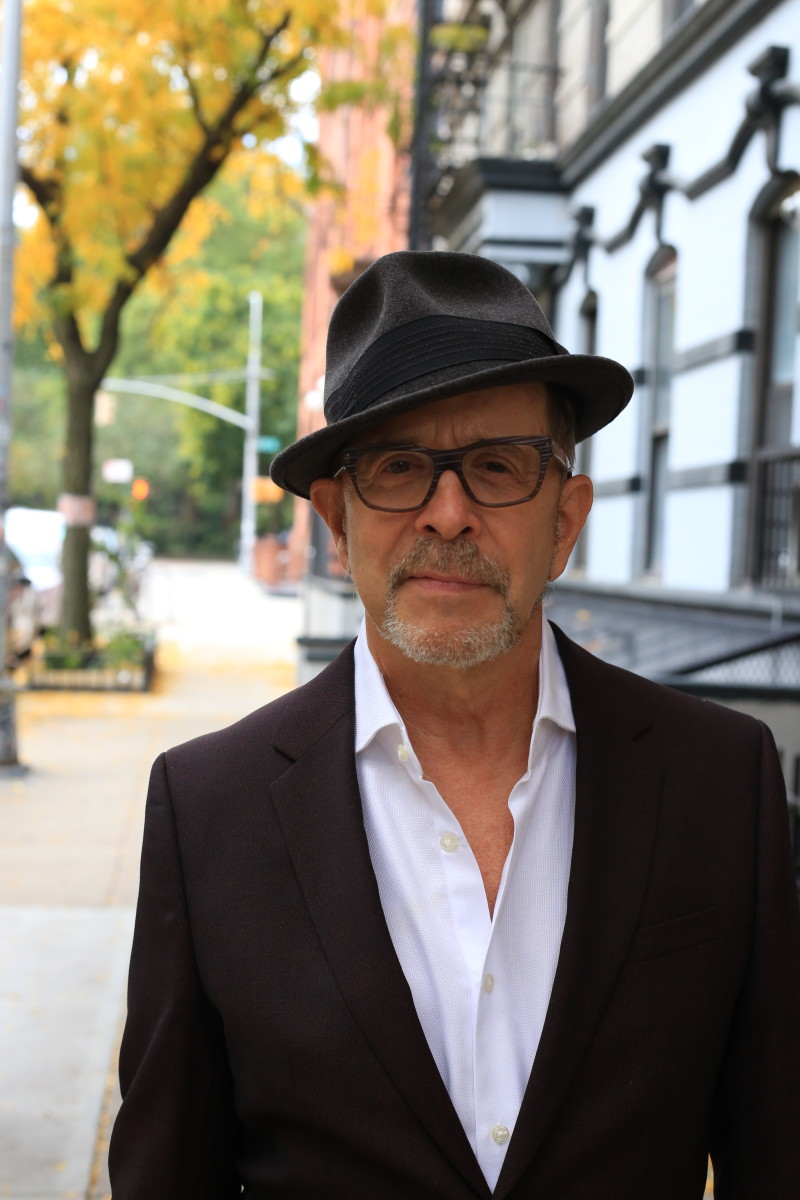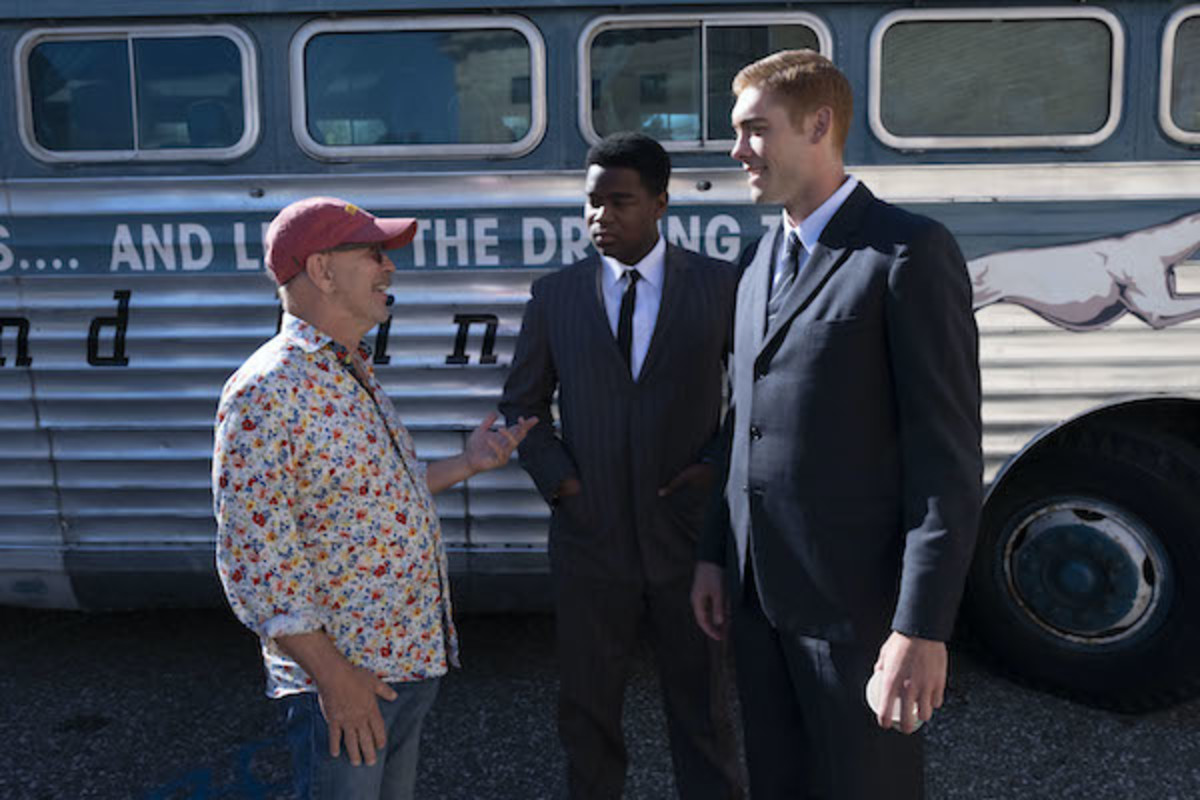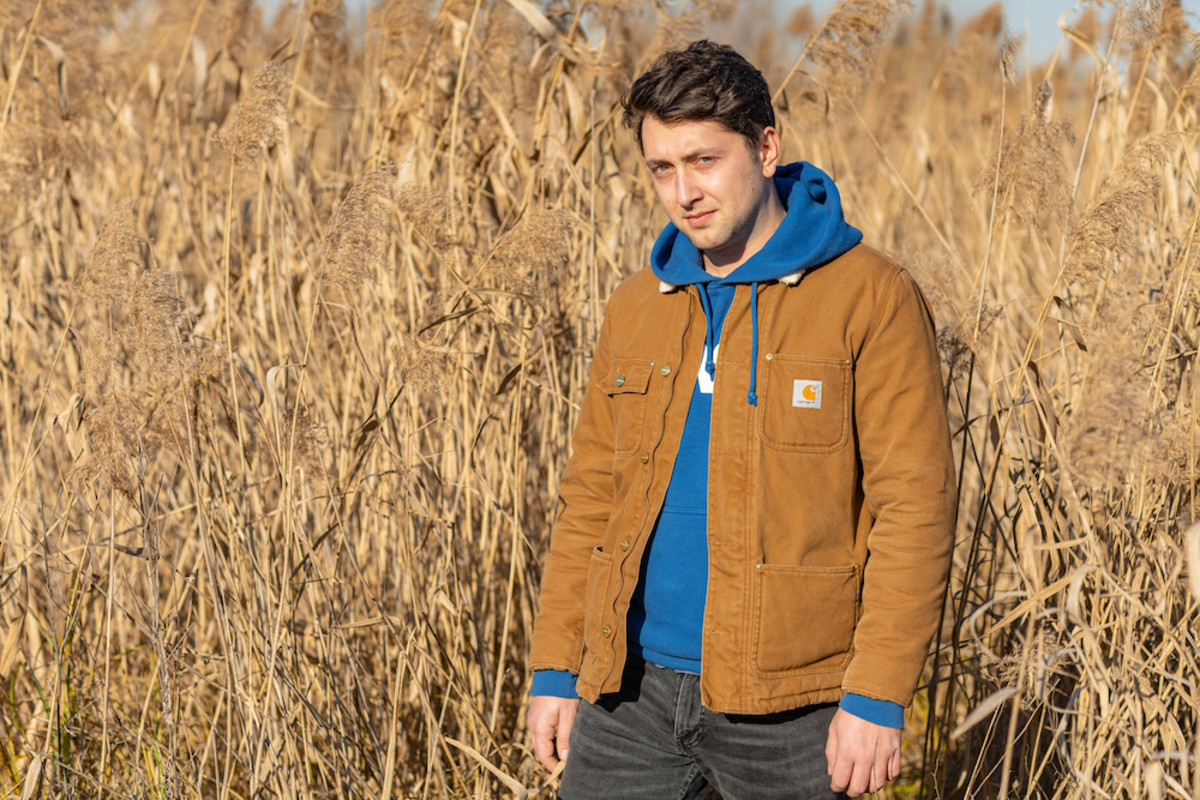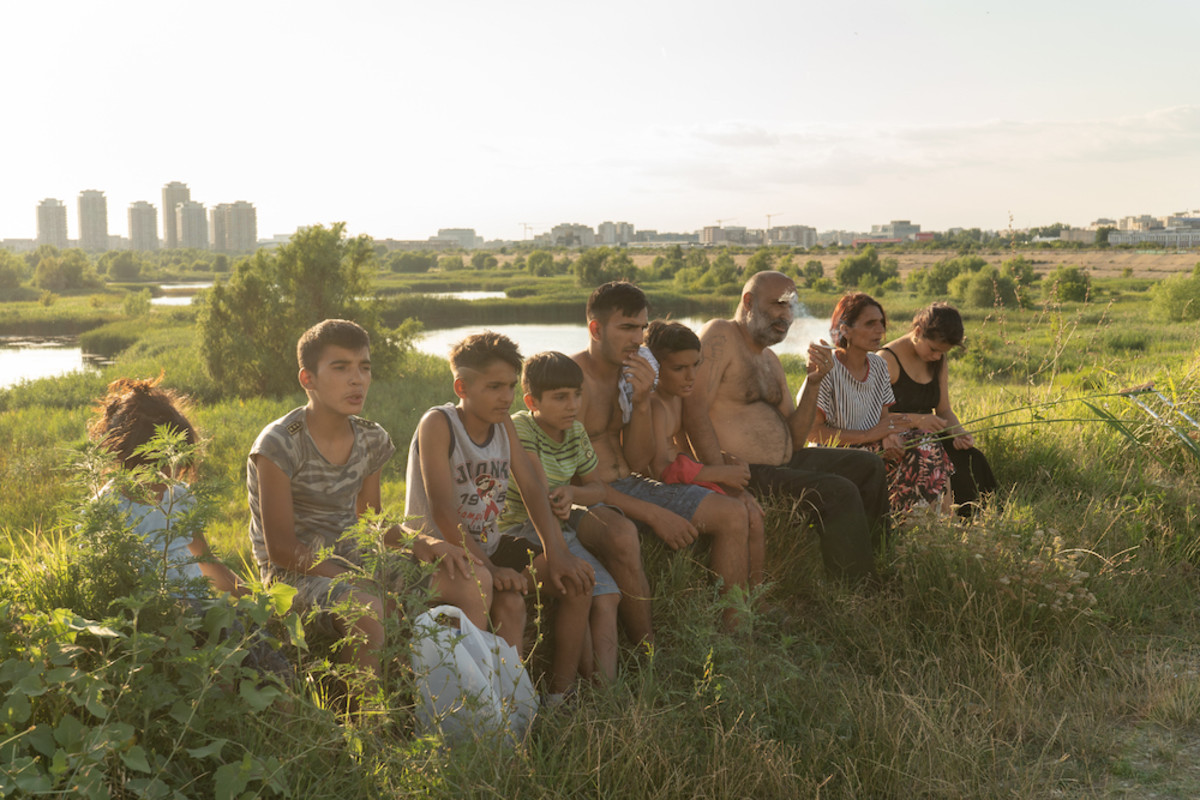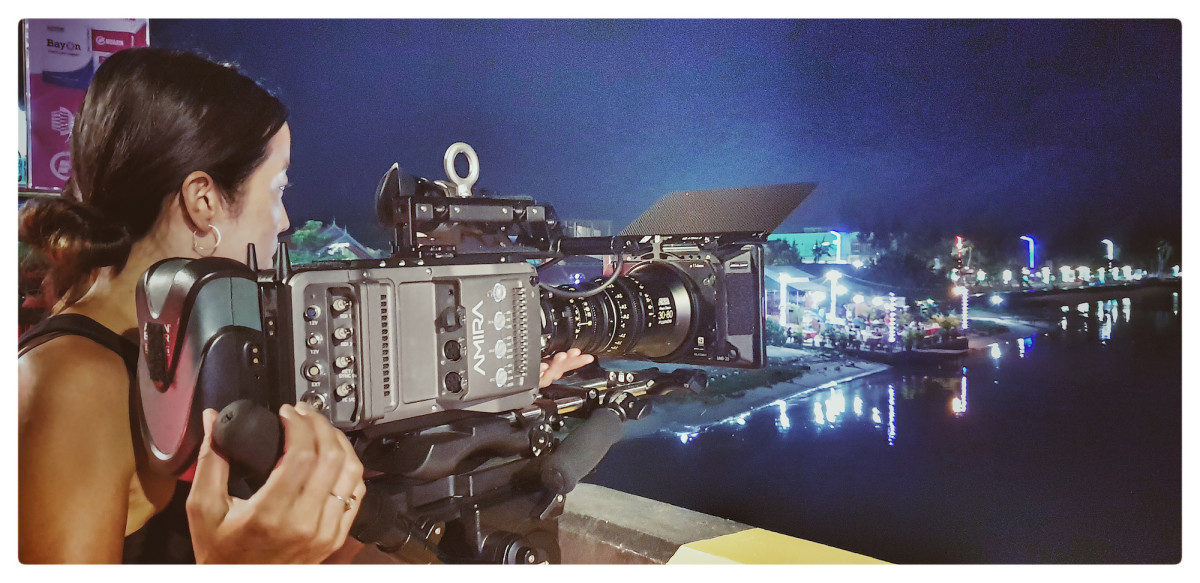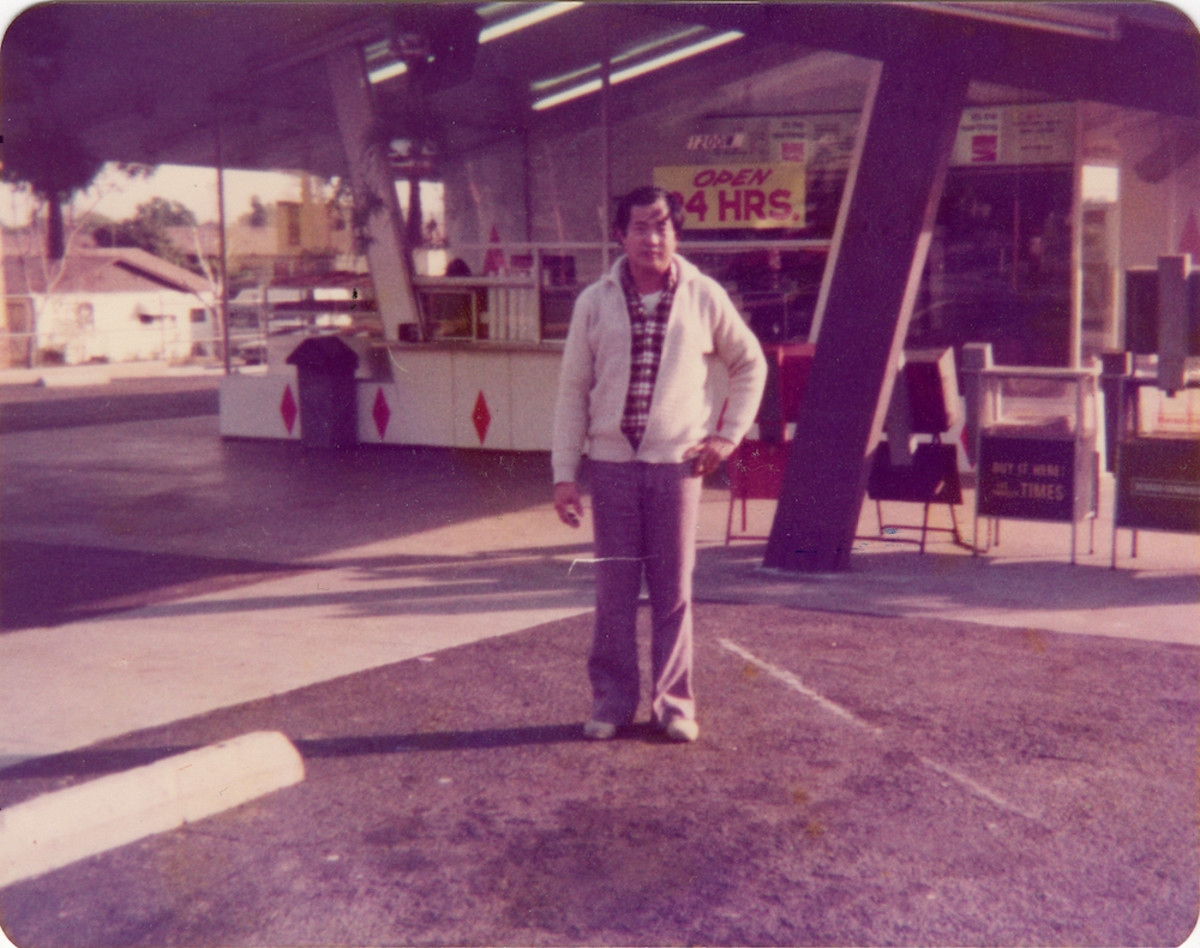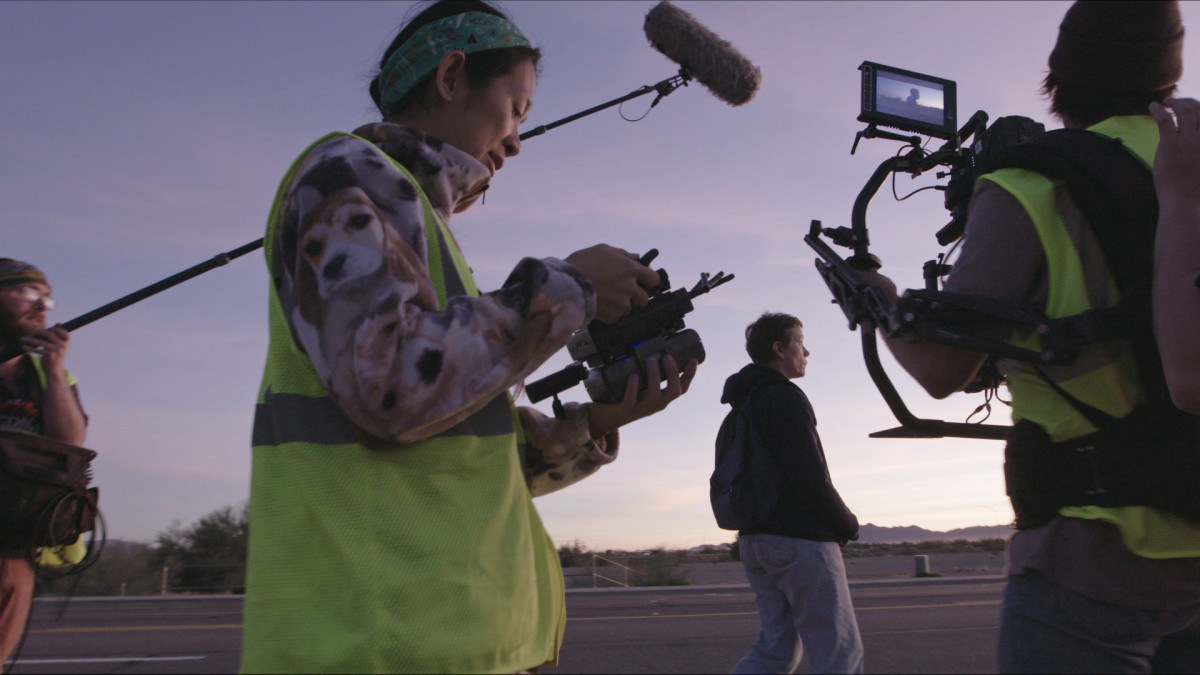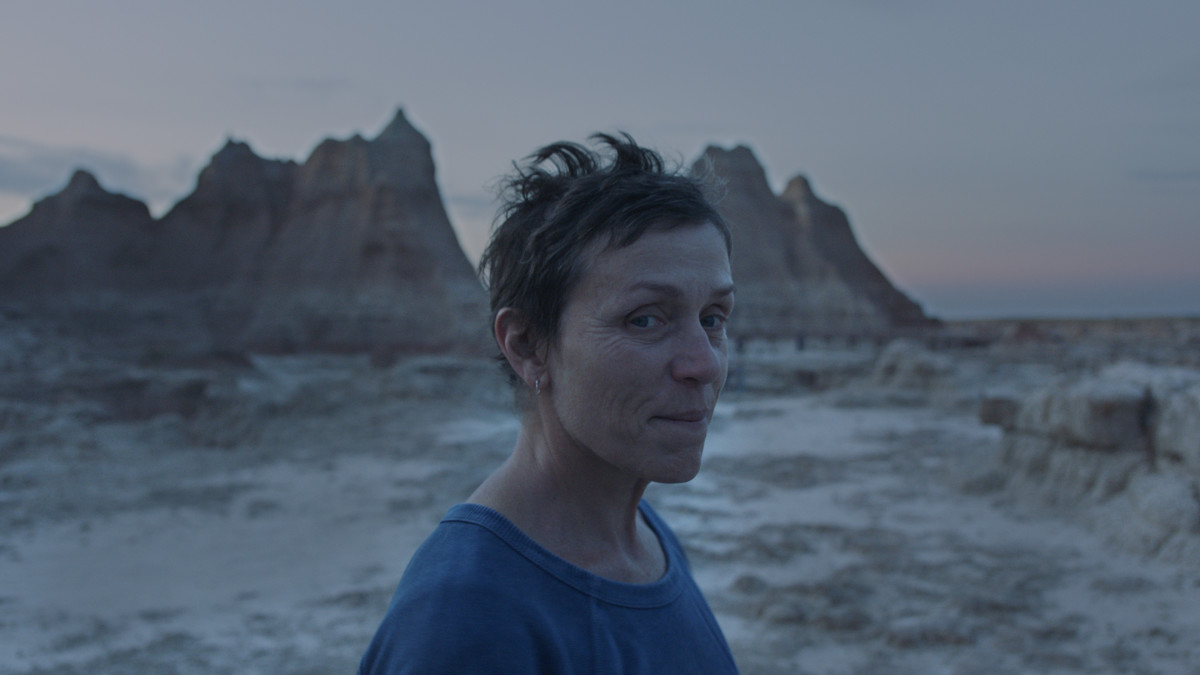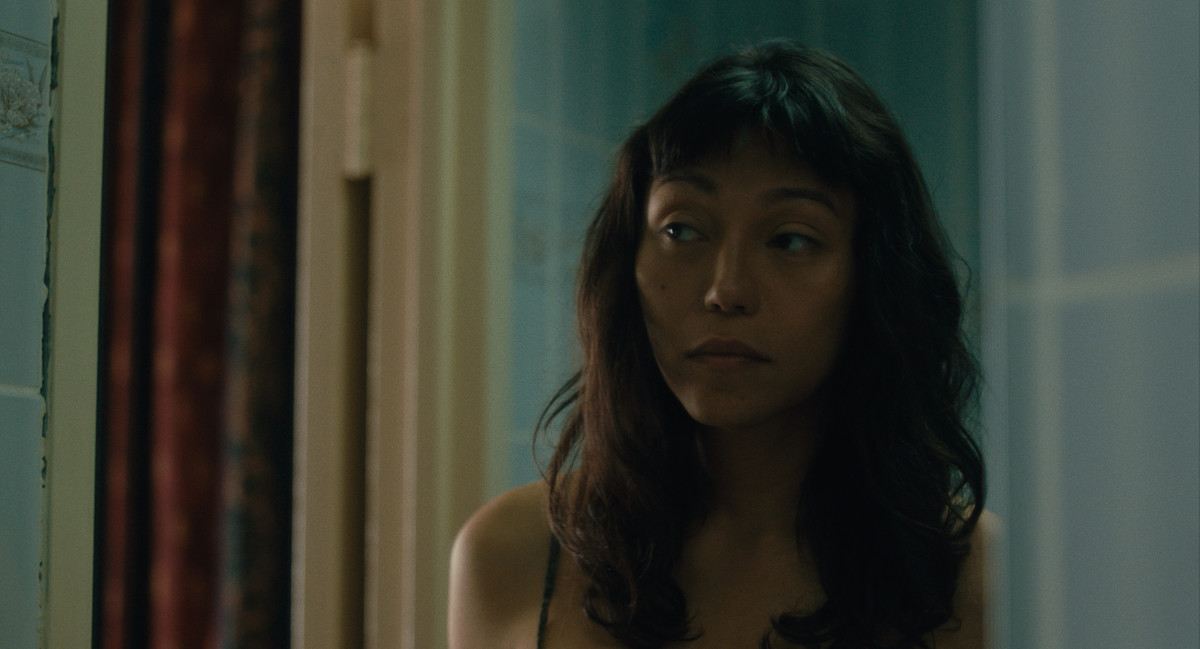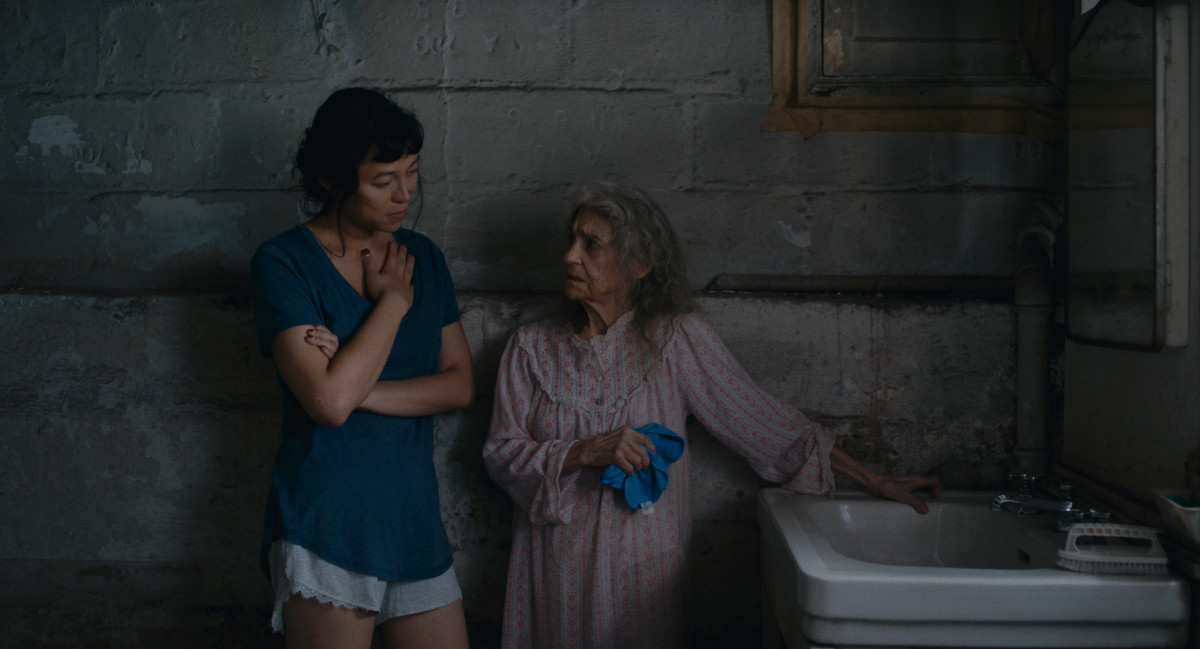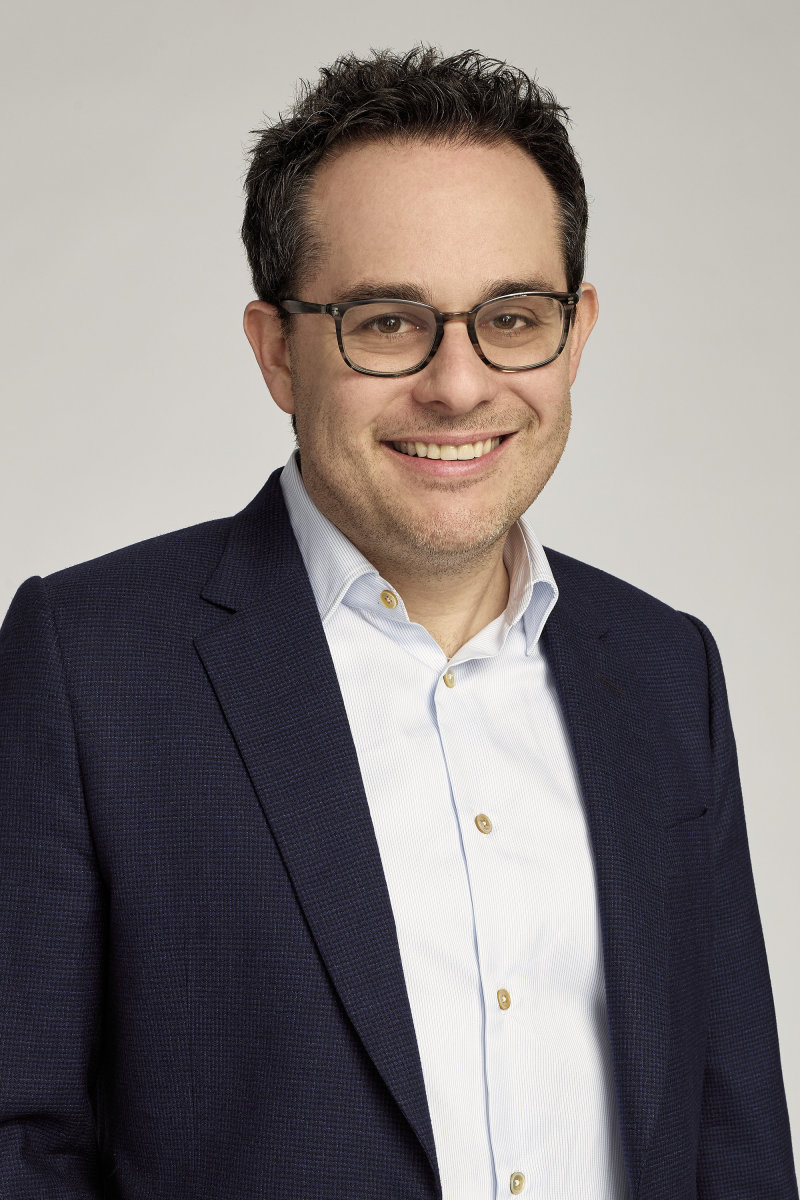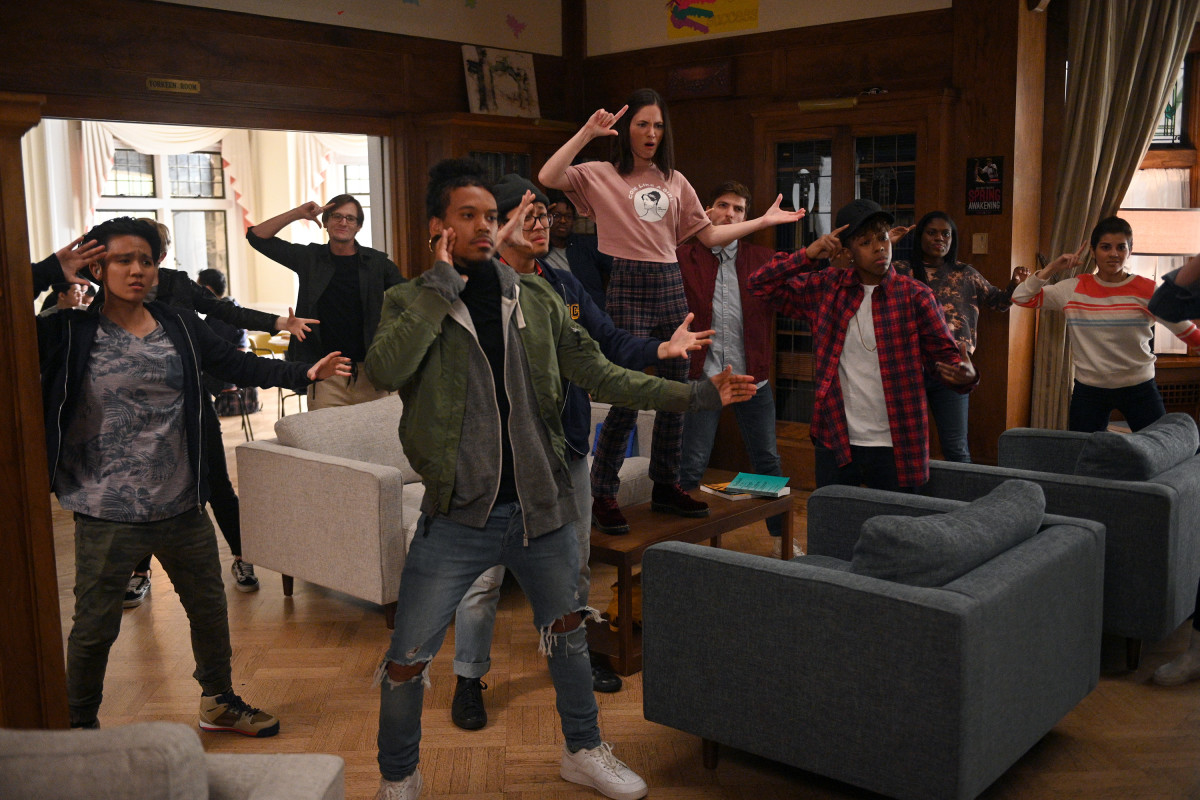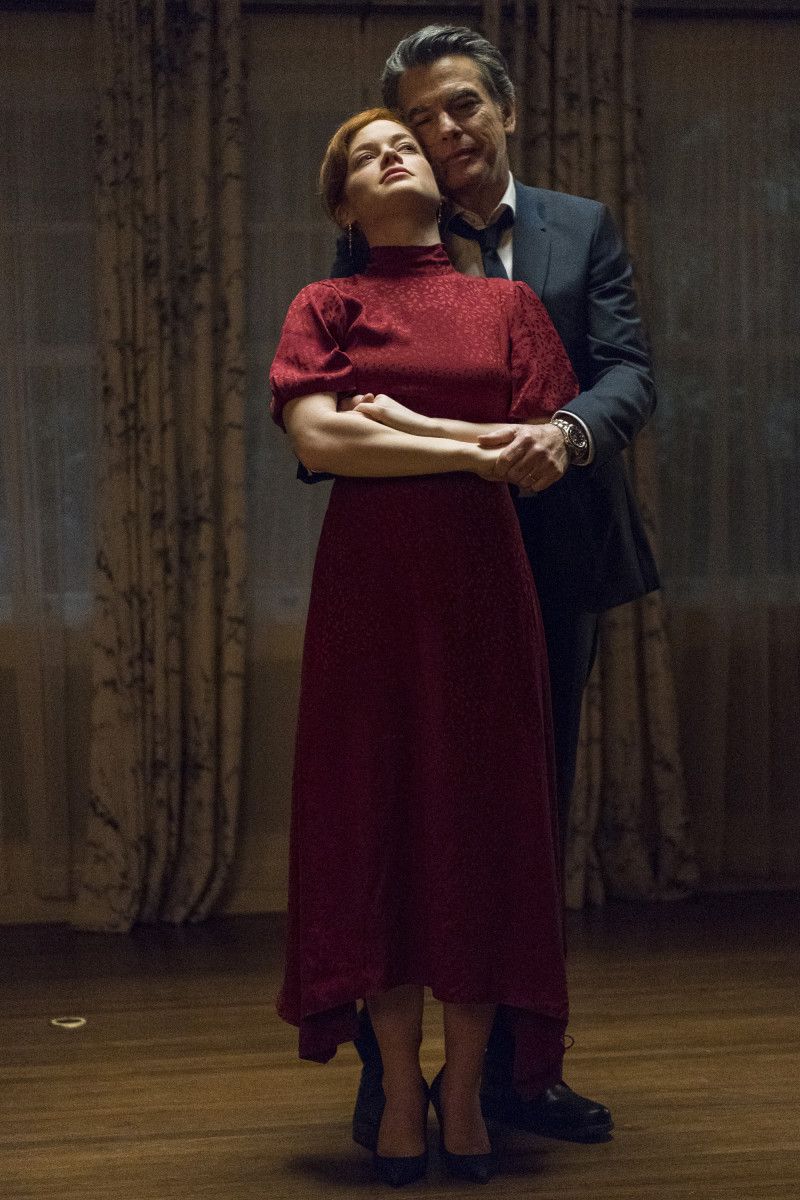Susan Kouguell Interviews Egyptian Filmmaker Ayten Amin About Her New Feature ‘Souad’.
In this wide-ranging conversation, Egyptian filmmaker Ayten Amin reveals the unique genesis of bringing Souad to the screen, drawing inspiration from a true event and working with a cast of nonprofessional actors.
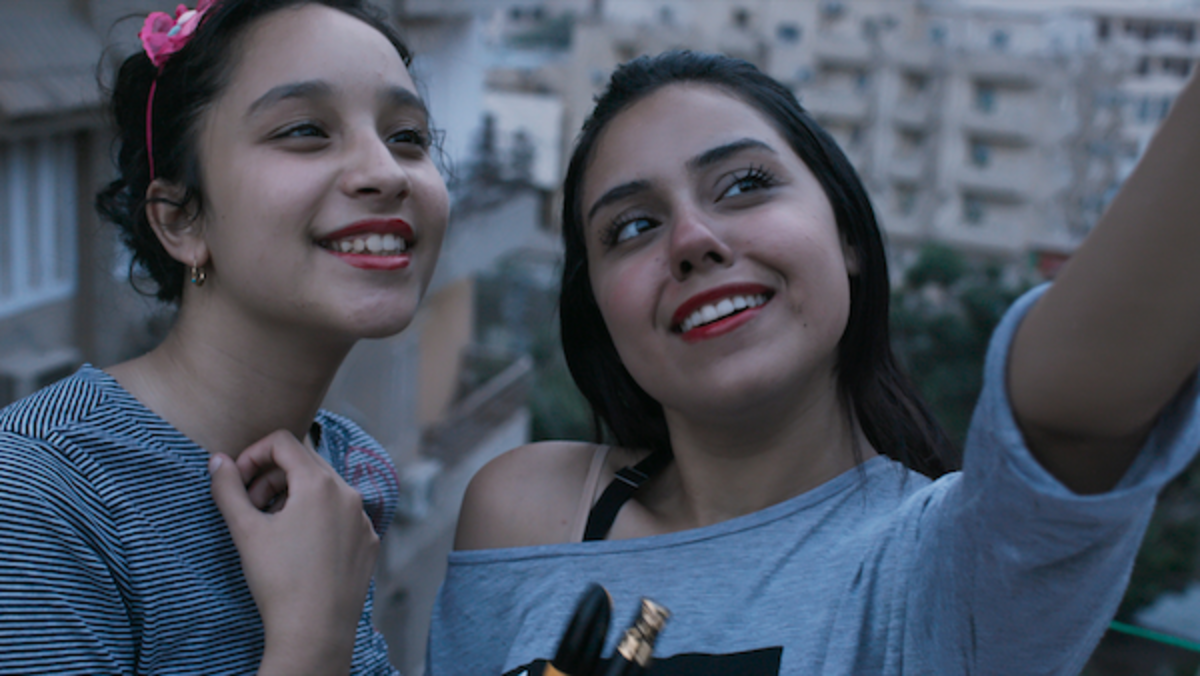
It was a true pleasure to speak with Ayten Amin during the Tribeca Film Festival where Souad had its international premiere. Although our talk was over Zoom (Ayten was in Egypt and I was in New York City), we immediately connected over our passion for storytelling and character-driven films.
Ayten Amin’s first short film Her man received several national prizes and was acquired by Canal Plus in France. In 2013, her debut feature film Villa 69, received the Special Jury Award for Arab Film at Abu Dhabi Film, the Cairo Film Connection Award for Best Film and the Hubert Bals Award at Durban FilmMart. She co-directed the documentary Tahrir 2011 selected at the Venice International Film Festival, Toronto International Film Festival and nominated for Best Documentary in Cinema For Peace award Berlin. In 2019, she directed 20 episodes of the hit drama Saabe Gaar (The Seventh Neighbor), a 70-episode TV series.
Bassant Ahmed and Basmala Elghaiesh won the best actress award at Tribeca Film Festival.
[INTERVIEW: “Acasa, My Home” Documentary Filmmaker Radu Ciorniciuc]
ABOUT SOUAD
On the bus, a stranger meets Souad: she excitedly explains that she’s studying for finals at the university in Zagazig, Egypt, and shows her photos of her fiancé, Ahmed, an army officer in Sinai. It sounds wonderful—but it’s not exactly true. In reality, Souad is torn between the expectations set by her traditional upbringing and her social media-based life among her peers, which splits her life in two. By day, she helps her family around the house and looks after her teenage sister Rabab; by night, she’s glued to her phone, sending sexts to her distant content creator boyfriend Ahmed in Alexandria.
KOUGUELL: Let’s jump in and talk about the evolution of this screenplay.
AMIN: At the beginning, I had the initial idea about a young girl whose sister committed suicide and the journey she goes on with the guy she was talking to. I started talking to my co-writer Mahmoud Ezzat who was a social media influencer; he’s a well-known poet and writes short stories. During the 2011 Revolution, he had thousands and thousands of followers and during this time he got to know a lot of girls from small cities who were following him on social media.
When I started to think about the film, I wanted to set it in and talk about girls from small cities. Mahmoud and I talked about the girls who were following him on social media, and he introduced me to a number of them and some auditioned for the film.
We were auditioning for the film before writing the film. We were telling the girls ideas about scenes. We had long conversations, about three to four hours with each girl, about their life. One of them we based a character on.
It was very organic the way we worked. We wrote a treatment and then we met the girls, and then we wrote the first draft and we kept writing and rewriting and meeting other girls. When we met the girls, who became the stars of the film, we did improvisations. I was doing rehearsals with them and filmed them. When I went back to Cairo, Mahmoud and I started to rewrite based on what we did at the rehearsals.
[Defining History ‘No Ordinary Life’ Interview With Documentary Filmmaker Heather O’Neill]
KOUGUELL: Tell me more about your collaboration with co-writer Mahmoud Ezzat.
AMIN: Mahamoud worked with me on my first film. He and I are very close friends, so it was a nice collaboration; we are very open with each other, we talk about our vulnerabilities and the things we face in life. When working on this film we were trying to understand things about the girls and about ourselves.
KOUGUELL: The sisters’ relationship is very poignant; the moments with the younger sister, Rabab, looking up to Souad, and needing her attention and the love she has for her are so realistically and subtly captured.
AMIN: The story resonated with me personally. It was based on a childhood friend whose sister committed suicide. It was a big thing at school; we were ten at the time. The girl took time off from school and when she came back, nobody ever talked about what happened. It’s conservative here and we didn’t talk about it until we graduated. I was thinking about how the younger sister would deal with it.
KOUGUELL: Let’s talk about the process of making this film.
AMIN: All the actors were nonprofessional, and it was part of the process of making the film. I knew from the beginning this was how the film was going to be made. It was an ongoing process.
Since we didn’t have money, we shot for three days, and then I started editing and stopped for two months, and during those two months, I rewrote some of the first part and then we went back and then we shot for eight days, and we finished the first two parts with the two girls. Then we stopped for five months, and I was editing and during that time I changed a lot of what was happening, and actually, I shot another ending, it was totally different than previously written.
This process was actually very good for the film and for the actors. When we stopped for those five months and when we went back, the girl who plays Rabab grew a little and changed as they do at that age.
[The Making of an Icon ‘Lady Boss: The Jackie Collins Story’]
KOUGUELL: How did Wim Wenders and his company get involved as producers of this film?
AMIN: When we were selected for Cannes, Souad was not finished; a large part of the sound took seven months. We got funding from the World Cinema Fund and we were looking for a German producer. We met Leah, the producer at Wenders’ company in Cannes and she liked it. After we finished the film, Wenders joined us.
I was telling her about my conversations with Mahamoud when Souad, was just an idea,and how important Wenders’ 1974 film Alice in the Cities was to me; there was something about this film, and the energy we need to capture in ours.
KOUGUELL: It’s also one of my favorite films and was a big influence on my own work. I can see your shared creative sensibility with Souad and Alice in the Cities.
AMIN: Actually, it was a reference for a long period for us. Even Mahamoud couldn’t believe it when Wenders came onto the film.
KOUGUELL: Advice to screenwriters and filmmakers?
AMIN: Develop your own process. It’s nice to listen to other filmmakers and hear their experiences, but I believe you always come up with your own process and I think you should trust it.
